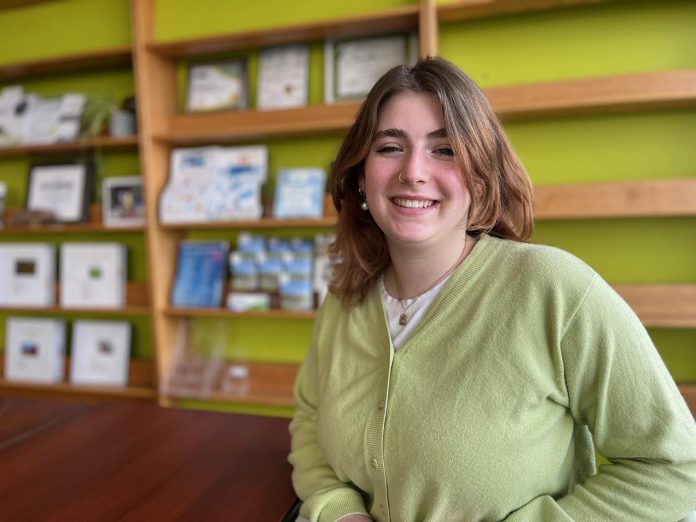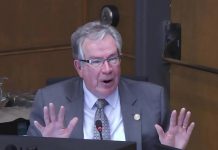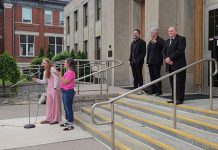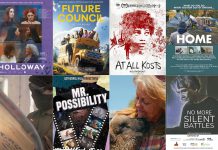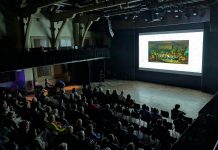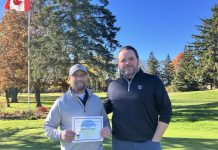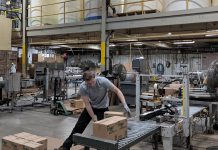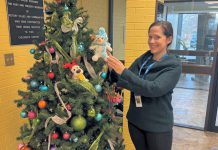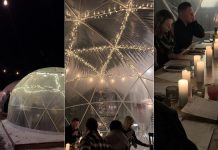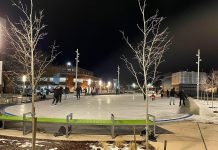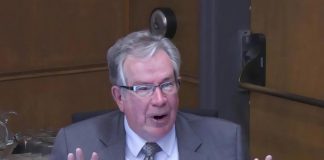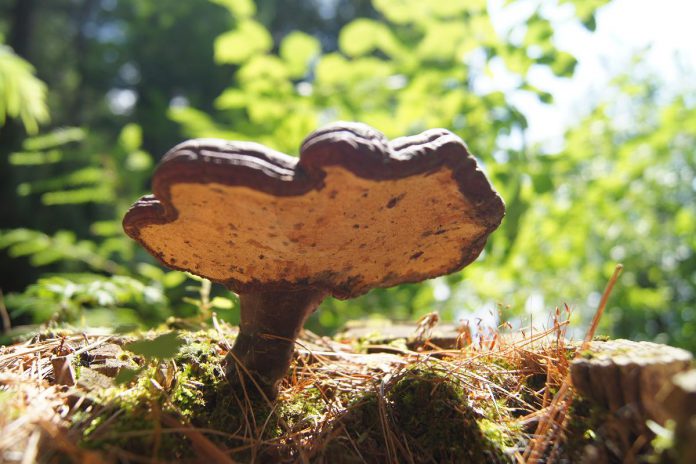
Taking action against climate change can feel like an isolating and impossible task at times. Alone, individuals can lower their personal carbon footprint; however, when working together, people can foster greater change. The root of change comes from open communication between community members.
Forests, like communities, thrive the most when there is the opportunity for open communication amongst its members. Members of diverse forests rely on their neighbours for survival through interconnectedness, which is done through mushrooms.
The mushrooms seen on the surface of the earth are the fruit of the fungus — underneath the surface of the earth grows the mushroom’s mycelium (mai-see-lee-uhm), a root-like system that connects plant and fungal life in the forest.
Mycelium connects to the roots of trees, creating “the nervous system” or “internet” of the Earth, providing a network through which trees communicate and transfer carbon nutrients to one another using chemical signals.
Suzanne Simard, author of the best-selling book Finding the Mother Tree, explains how trees communicate with one another through mycelium. First, she explores how Mother Trees, or hub trees, can identify their kin in the forest and pass them needed nutrients through the mycelium web to help increase their likelihood of survival.
However, trees don’t only share nutrients with their kin. Simard also discovered that different species of trees communicate and share with one another to help each other during difficult seasons.
VIDEO: “How trees talk to each other” – Suzanne Simard
Through the mycelium network, Simard observed that birch trees and Douglas firs engage in two-way conversations.
During the winter when the birch trees shed their leaves, they are unable to absorb carbon to photosynthesize, so the Douglas fir — who keeps its needles year-round — sends it carbon through the mycelium web. Once summer arrives, the birch tree will share some of its nutrients with the Douglas fir in return.
Similarly to trees in a forest, Peterborough’s community is interconnected. People rely on family and other community members to propel green initiatives and keep the community healthy. GreenUP is a Mother Tree in Peterborough’s network, providing valuable programs and information to Peterborough residents and setting the bar for other organizations.
Green Economy Peterborough provides valuable resources to local businesses, while GreenUP’s home energy program focuses on minimizing the impact home energy consumption has on the planet, and GreenUP’s summer camps and education programs foster a love and respect for the environment within local youth.
Alone, these programs are useful tools for building a greener Peterborough, but together they cultivate a resilient community with a common goal.
The interconnectedness of the forest can teach so much.
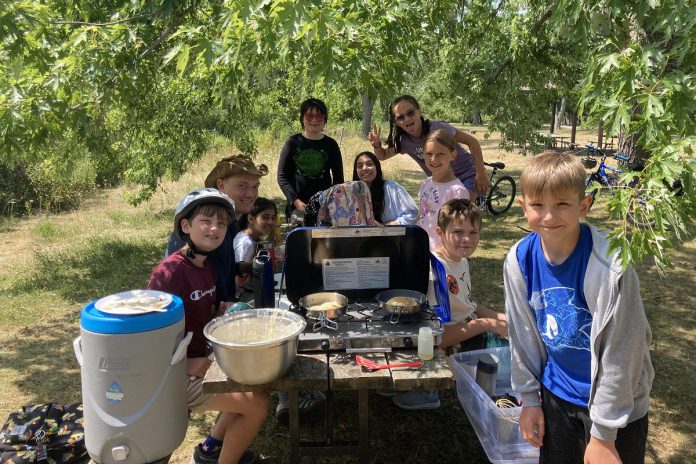
“Through back-and-forth conversations, (trees) increase the resilience of the whole community,” Simard said in a 2016 TED Talk. “It probably reminds you of our social communities, and our families.”
Opening the door for all Peterborough stakeholders to participate in the climate conversation allows for important perspectives to be brought to the table, and various needs to be expressed.
In addition, observe how the trees in the above example help and support those most vulnerable in their networks. Similarly, it is important to take climate action now to support the groups in Peterborough who are most vulnerable to the effects of climate change.
Taking action can improve the quality of life of community members who are currently unable to do so, and enhance the future of the youth who call Peterborough home.
As Simard encourages, “We need to re-establish local involvement in our own forests.”
To learn more about GreenUP’s environmental programming and volunteer opportunities, visit greenup.on.ca and follow @PtboGreenUP on social media.
